We can understand that having a dog in a single home is easier as there is plenty of space for the family and the dog or other pets to co-exist. Moreover, most of the dogs require sufficient physical and mental stimulation, a lack of which can cause medical problems for them. But does that mean that mean that 36.8 million people who live in 21.3 apartments in the US (1), should not think of owning a pet?
According to a survey, half of the rental housing units are pet-friendly. (2) However, there may be some restrictions in some of them based on the pet’s weight and size. It is justified to think that cats are easier pets when it comes to apartment-style living because of their size and lifestyle. But, several dog breeds can be perfectly adjusted to an apartment. And we are here to help you out with the list -
Best Small Dogs for Apartments
Let’s start with the small breeds as most of the people living in apartments prefer a small-sized dog. The list of best small dogs for apartments includes –
Bichon Frise
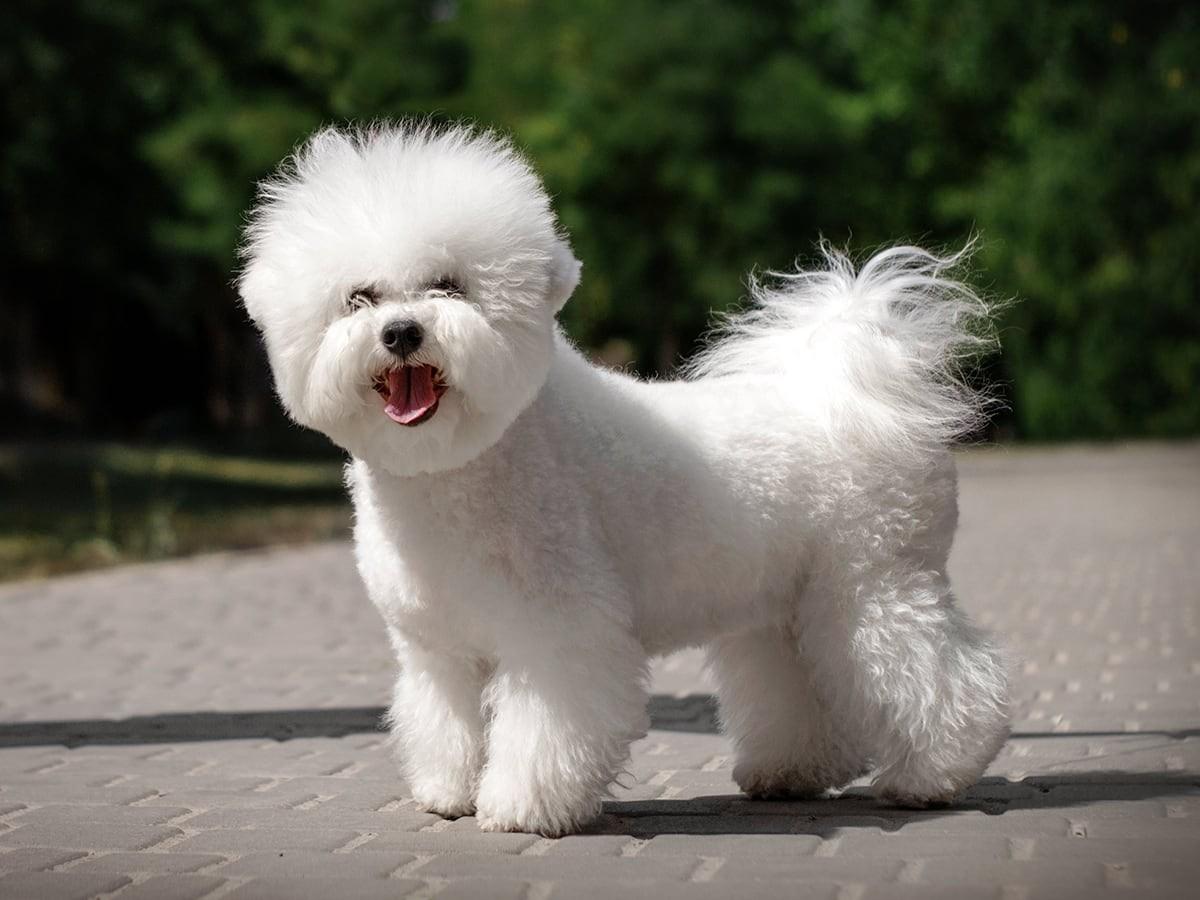
Average height – 10-12 inches
Average weight – 9-12 lbs.
A toy dog, Bichon Frise is of French origins. With its round marble-like eyes and furry white coat, it looks just like a cute teddy bear. It is cheerful, and intelligent and would love to be a part of your house-drama. Fun fact, the word Frise is actually French for ‘Bitch.’
French Bulldog
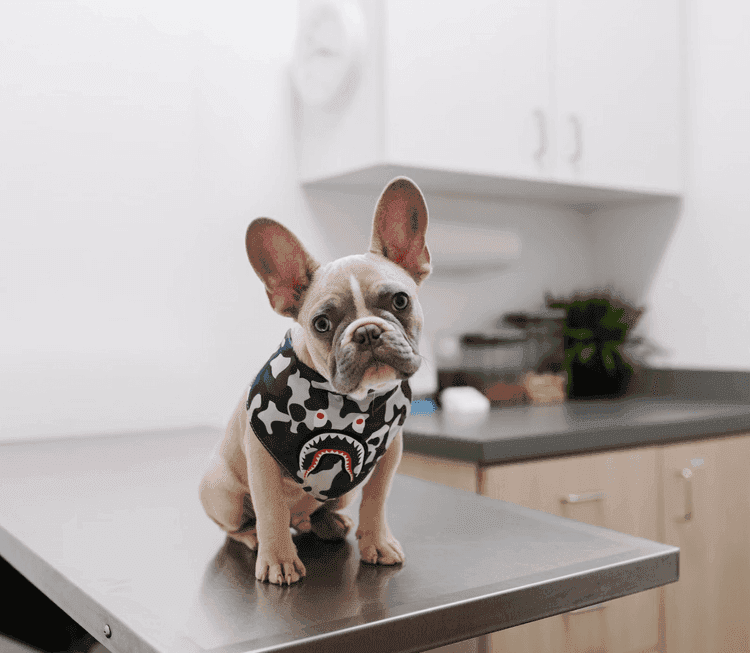
Average height – 10-12 inches
Average weight – 25-28 lbs.
The small counterpart of a Bulldog, the French Bulldog is a non-sporting breed of dogs. They do not have much exercise requirement. A short daily leash walk would suffice. Just a caution that they are a brachycephalic breed and hence not very suitable for hot and humid climates.
Pug
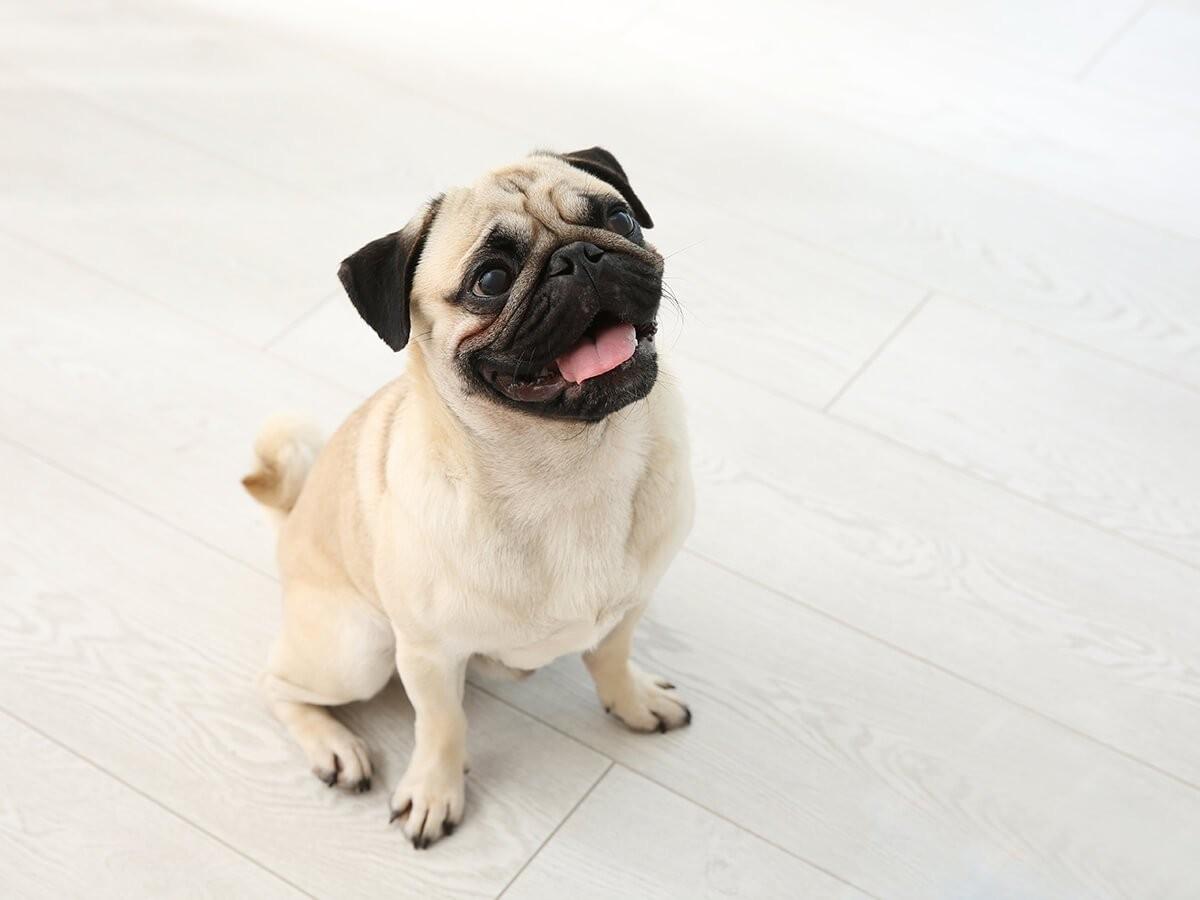
Average height – 10-13 inches
Average weight – 14-18 lbs.
With a wrinkly, short-muzzled face and a curly tail, Pugs are a Chinese dog breed. They are extremely playful and affectionate with a little need for physical activity. If you ask the people of India, they would call them the ‘Vodafone dog’. You can look for the beautiful ads they featured in.
The biggest advantage of having a small dog is the longest average lifespan. They live for an average of 15-18 years as compared to the large dog breeds that live for an average of 10-12 years.
Best Dog Breeds for Apartments
The biggest concern for dog lovers living in apartments is the size. They know that their dog may find sufficient space to roam and may end up either breaking things or getting bored. But, if the size is not a concern, you have a dog-loving landlord and you have access to a park where you can take your four-legged buddy for a walk once a day, here are some other options that you can consider –
Boxers
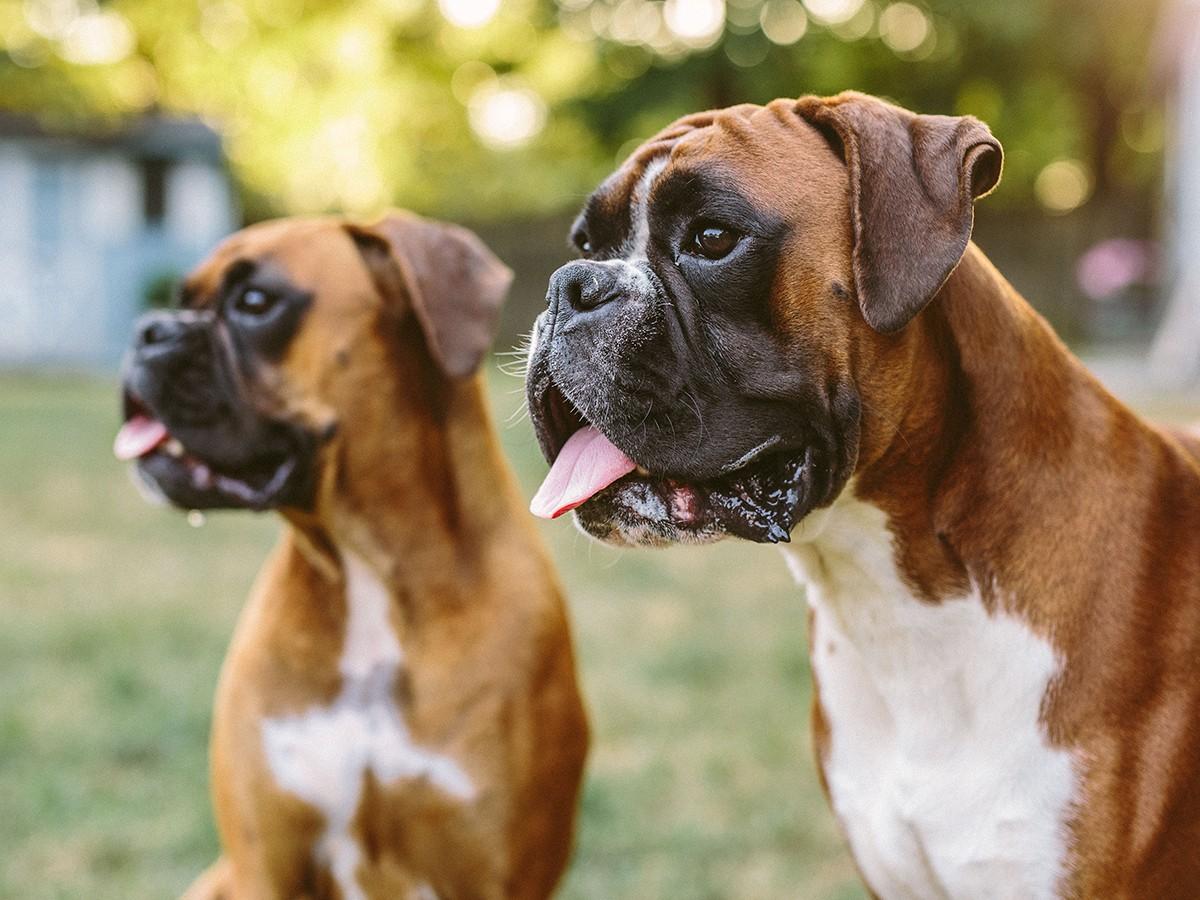
Average height – 22-25 inches
Average weight – 55-70 lbs.
A great dog breed, not just for apartment-style living but also for active pet parents who love to run or hike. Boxers are intelligent, fearless, and friendly.
Shiba Inu
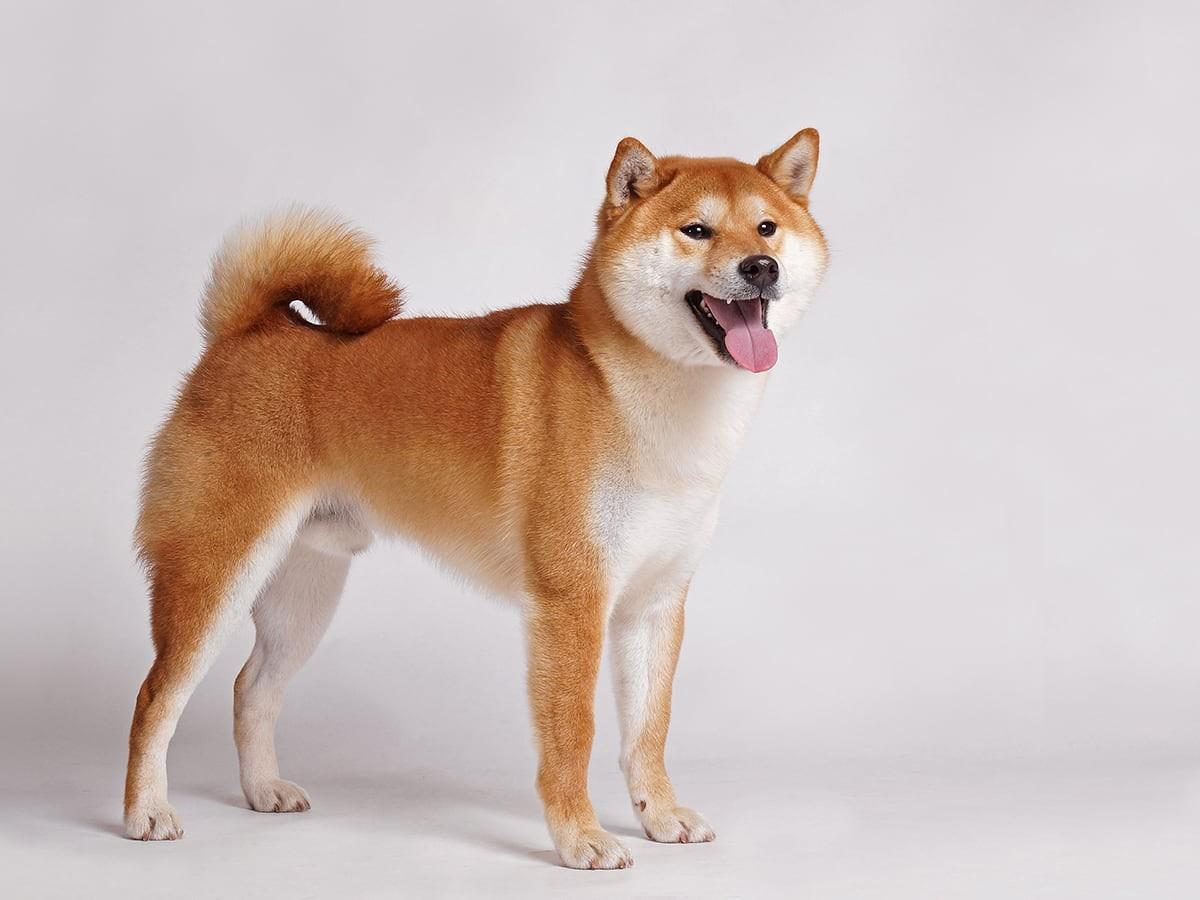
Average height – 14-17 inches
Average weight – 18-22 lbs.
The popular dog breed, owing its fan base to the crypto family, Shiba Inu, is a clean, attentive and friendly one. They can be easily house-trained as well.
Beagle
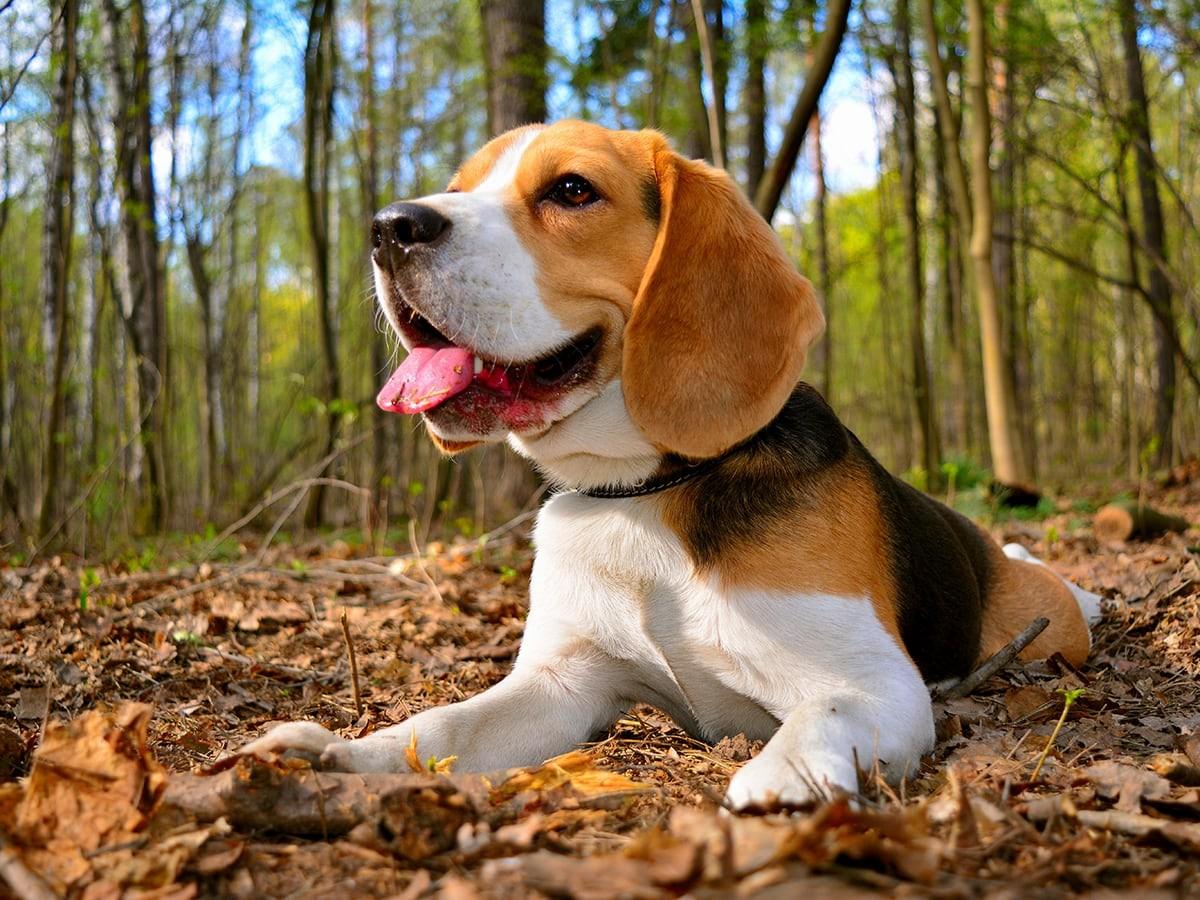
Average height – 13-16 inches
Average weight – 20-25 lbs.
The compact size of these dogs itself is one of the biggest reasons why they can be perfect for apartment-style living. Fun-loving, gentle and energetic, Beagles are great with kids and require very little grooming. Just be sure to schedule a lot of time for play!
Best Puppies for Apartments
Another concern apartment owners usually have with dogs is shedding. Heavy shedding dog breeds may end up leaving fur on all the furniture, making it a hassle to clean. This is also one of the reasons why some landlords do not allow dogs. Loud barking is another reason for it. Keeping these in mind, here are some more dog breeds that you can introduce your family and apartments to –
Basenji
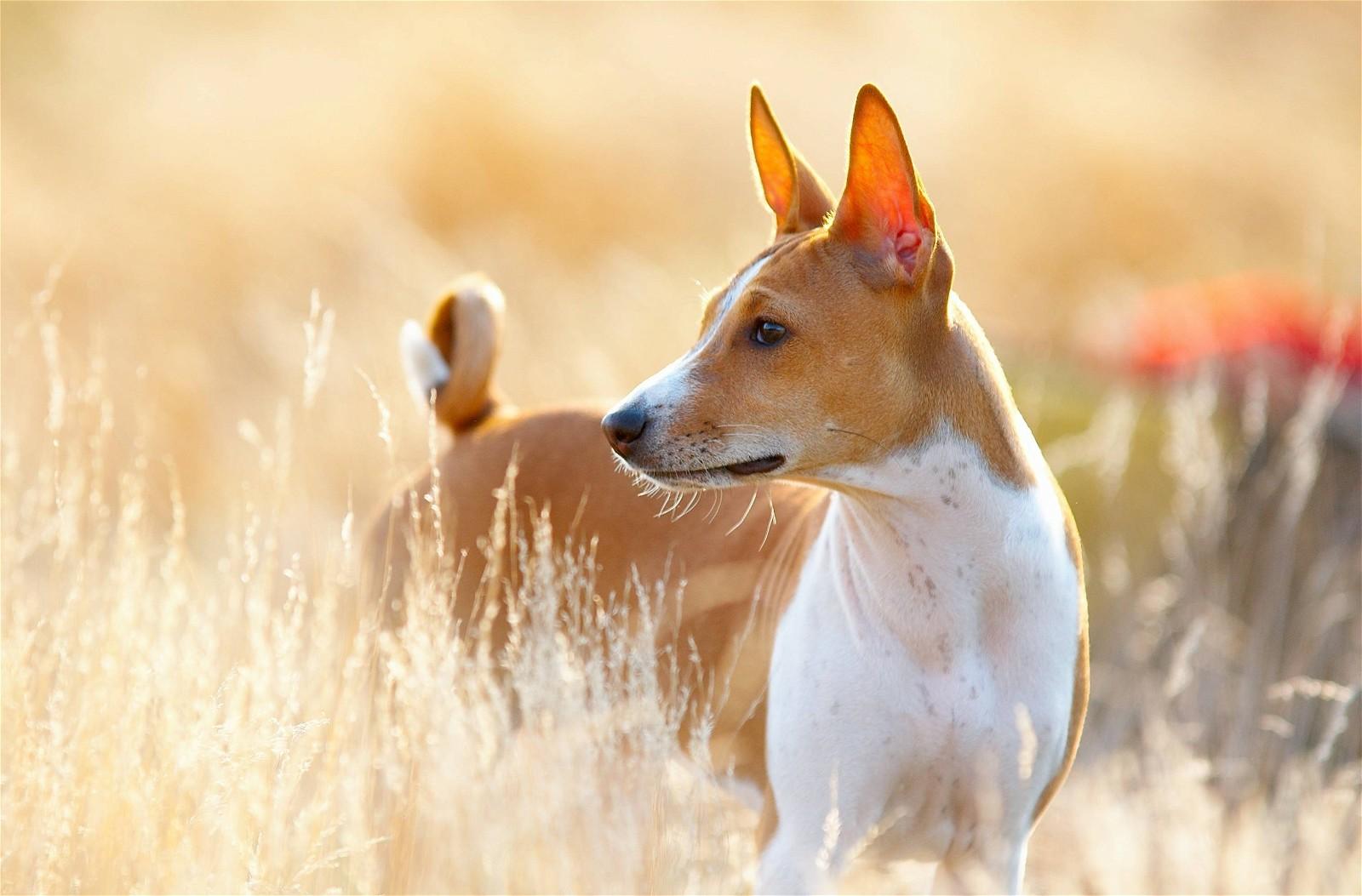
A small dog with low shedding and very low barking levels, Basenji can be a great companion in your apartment. They are intelligent, highly trainable and energetic. The high energy levels may make them restless and destructive at times though. And they may not do great with other pets in the house.
Boston Terrier

Boston Terriers have low shedding and barking levels but come with high energy levels. They tend to get overheated outside if the climate is hot or humid, making them great for indoors where the air can be conditioned. They are great with kids and other family members and a good option for your apartment-style living.
How hard is it to keep a dog in an apartment?
Maintaining a dog in an apartment can be challenging for sure but with the right practices, it can be managed very well. The major concern is the space. Smaller breeds like French Bulldogs, Pugs, etc. may not require much space but bigger ones like Greyhounds may some space to move around. The second is the noise. With neighbors above, below, or next to you, dogs that are prone to barking can create issues.
Here are some tips for keeping a dog in an apartment –
Make sure the building is pet-friendly.
Ensure your dog gets the daily dose of exercise in the form of walks or play.
Get some interactive toys and puzzles to keep them engaged.
Create a designated area for your dog’s bed, toys, and food.
Take your dog outside for potty breaks several times a day.
Crate training and socialization are important for your dog to avoid destructive behaviors when experiencing separation anxiety while you’re away.
Consider doggy daycare, a dog walker, or a neighbor to help with midday potty breaks and exercise if you have long working hours.
FAQs
Are Older Dogs Best for Apartments?
Older dogs can be great for apartments because they are usually more relaxed, have lower energy levels, and are often already house-trained, making them easier to manage in smaller living spaces.
Does Every Dog Need Long Walks?
The amount of exercise needed depends on breed, age, health, and energy level. Some dogs, especially high-energy breeds, require long walks and vigorous exercise, while others, like older dogs or those with health issues, may do well with shorter, more frequent walks.
Do I Need a Dog Cage if I Live in an Apartment?
A crate or a cage is usually a safe space for your dog when they need a break. However, if you don’t have space for it, a cozy dog bed can do just fine.
Which Dogs Can Be Left Alone in an Apartment?
The breeds that are more independent and less prone to separation anxiety can be left alone for longer periods. These include breeds like the Basset Hound, Shiba Inu, Greyhound, Chow Chow, and French Bulldog. However, they would yet need regular exercise, mental stimulation, and attention when you’re home.
Are 2 Dogs Too Many for an Apartment?
This majorly depends on the size and breed of the dogs. If your apartment has enough space for both dogs to move around comfortably and have their own resting areas, then it can work. You will have to ensure the daily physical and mental needs of both dogs are met.

I've had the privilege of immersing myself in the realm of pet safety. As the owner of an energetic mini golden doodle, I know just how stressful being a pet owner can be. I am dedicated to ensuring our beloved pets enjoy a life brimming with good health.












